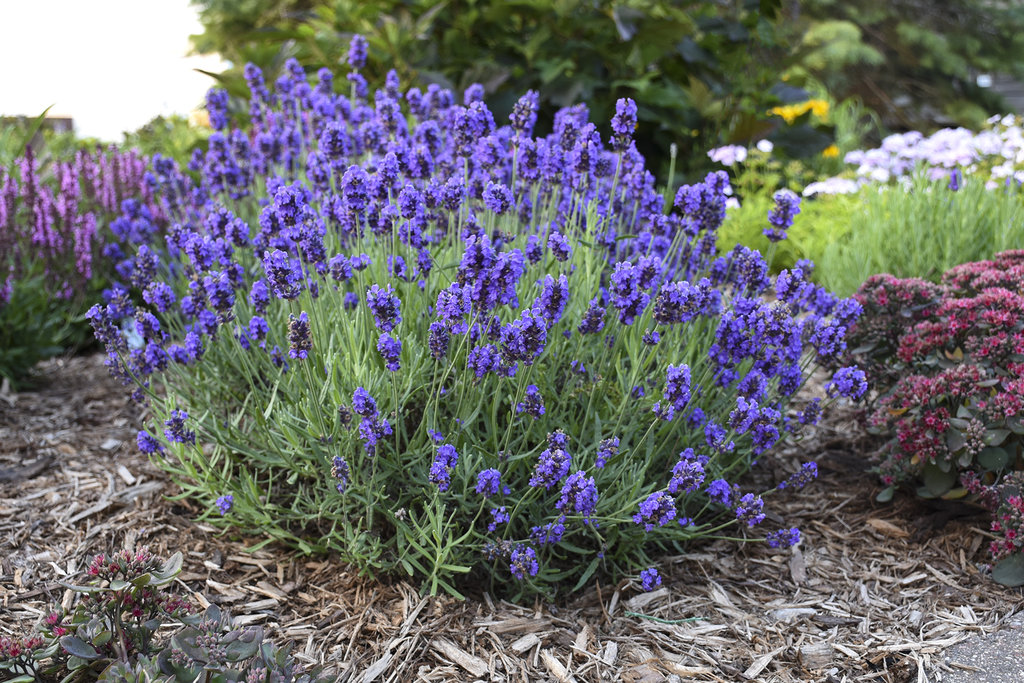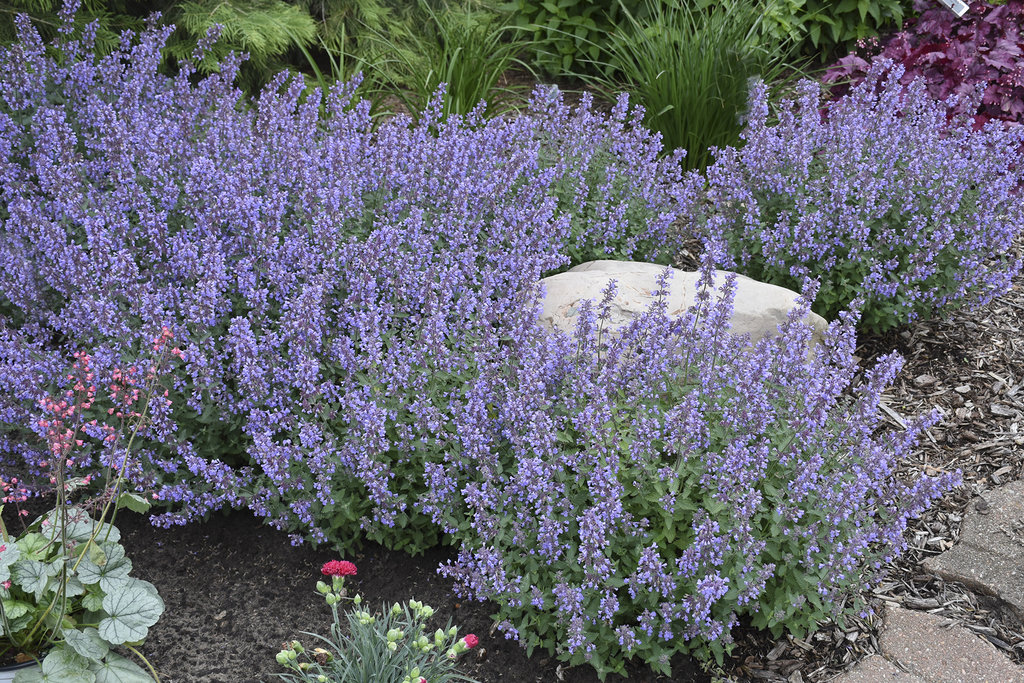Russian Sage - The Ultimate Growing Guide from Proven Winners®
Russian sage (Perovskia atriplicifolia, syn. Salvia yangii) offers carefree color, with an open airy habit and dreamy drifts of lavender-blue flowers that bloom from mid-summer into fall.
Buy Russian sage plants – Order perennials online and they’ll be shipped right to your door
Russian sage is a herbaceous woody perennial or subshrub that’s easy to grow and virtually maintenance free once established. The attractive tubular flowers, which bloom over an exceptionally long time, are a favorite of hummingbirds, bees and butterflies. Native to central Asia, this mint relative has silvery-green leaves that exude a pungent scent when crushed.
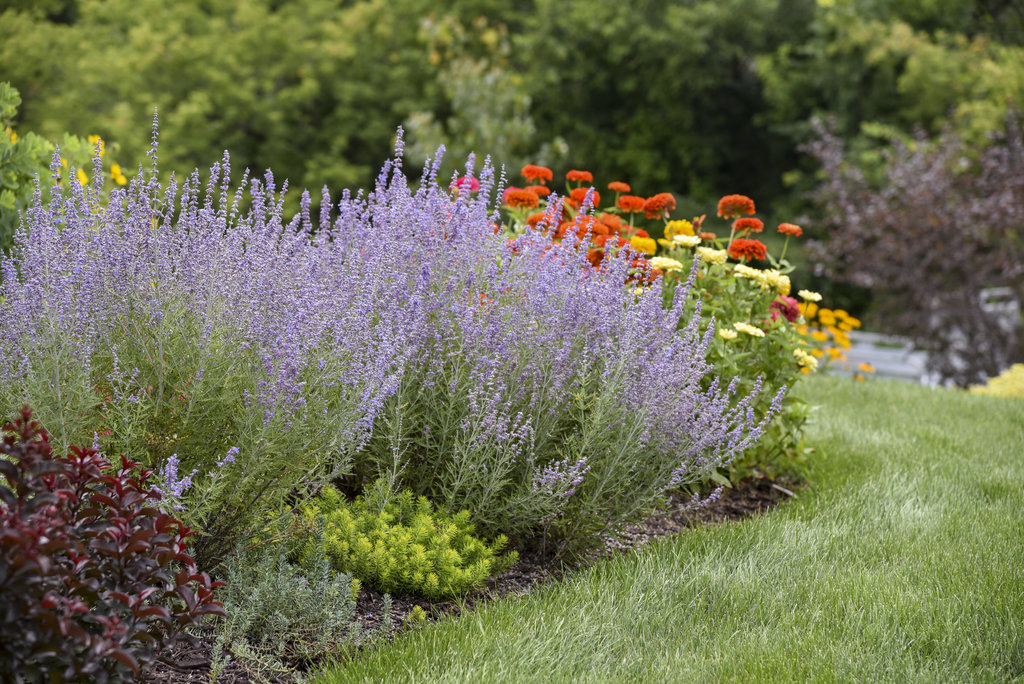 Hardy in USDA zones 4-9, Russian sage will benefit from winter protection in colder regions. Most varieties reach 2-3 feet tall and wide, though some can be larger. Russian sage has good heat and drought tolerance, making it suitable for waterwise landscapes. This versatile perennial plant is useful as filler in a mixed border and can also be planted as hedging, massed in the landscape, or in containers.
Hardy in USDA zones 4-9, Russian sage will benefit from winter protection in colder regions. Most varieties reach 2-3 feet tall and wide, though some can be larger. Russian sage has good heat and drought tolerance, making it suitable for waterwise landscapes. This versatile perennial plant is useful as filler in a mixed border and can also be planted as hedging, massed in the landscape, or in containers.
PLANTING & CARING FOR RUSSIAN SAGE
How to plant: Russian sage thrives in hot, dry conditions and well-draining soils. Choose a site that receives 6-8 hours of full sun. Follow these steps and space plants 2-3 feet apart.
- Loosen soil in the planting area and dig a hole slightly wider and deeper than the root ball.
- Remove the plant from the nursery pot and loosen the soil around the roots.
- Set the plant in the hole with the top of the crown level with the soil.
- Backfill the hole with soil and tamp down slightly to remove air pockets.
- Water well.
Soil: Russian sage prefers average to lean soil with a slightly alkaline pH, though is tolerant of various soils. Plants may flop if soil is too rich. Make sure there is adequate drainage to prevent root rot. For containers, use a high-quality all-purpose potting mix.
Watering: Russian sage prefers medium to dry soil, and is drought tolerant once established. Overwatering can cause disease and root rot. Water regularly through the first growing season to encourage a deep root system.
Fertilizing: Russian sage needs little or no supplemental fertilizer. If desired, lightly mulch with compost in spring.
Staking: Larger varieties are prone to flopping. A lack of light or overly rich soil can also cause plants to lean or fall over. Stake drooping stalks as needed. To prevent flopping, plant in masses or among other plants for support.
TRY THESE PROVEN WINNERS® VARIETIES
Try these varieties in your landscape:
|
|
RUSSIAN SAGE FAQ’s
Is Russian sage edible?
Foliage is somewhat toxic, so should be avoided for consumption. The scented leaves can be dried and used for potpourri.
When does Russian sage bloom?
Russian sage blooms for several months, from mid-summer into fall.
When to cut back Russian sage?
Seed heads and stems can be left through winter for ornamental interest. Cut plants down to 6 inches in early spring when plants break dormancy.
When to plant Russian sage?
For faster growth, wait until late spring after the soil has sufficiently warmed up. Russian sage can be planted up until 6 weeks before the average first frost date in your area. Avoid planting during hotter summer months to prevent plant shock.
Is Russian sage deer resistant?
Deer find the pungent foliage of Russian sage distasteful, so will generally avoid it. See more deer-resistant perennials.
Is Russian sage invasive?
When planted in ideal growing conditions, Russian sage can self-sow or spread vigorously through the rhizomatous roots. Pull up seedlings or dig out roots where they’re not wanted. Newer cultivars have restrained runners and are less prone to spreading.
HOW TO USE RUSSIAN SAGE IN YOUR LANDSCAPE
The fine texture of the flowers and foliage makes Russian sage a superb background plant, while the blue or purple flower colors complement yellow and orange hues. Here some design ideas on how to use Russian sage in your landscape:
- Mass with landscape roses for a carefree combination.
- Plant in drifts along a dry slope to stabilize the soil.
- Use a taller form as a background element or filler in a mixed border.
- Combine with other waterwise plants in a curbside strip as a low-maintenance solution for lawn turf.
- Use as hedging to divide garden rooms, along pathways, or to soften a fence.
- Substitute Russian sage plants for catmint or lavender, as they are similar in appearance and cultural needs.
- Plant a dwarf variety as a stand-alone accent in a container.
- Combine with bold-foliaged plants such as canna lily, coral bells or lady’s mantle to create contrast in the landscape.
RUSSIAN SAGE LOOK-ALIKES
|
COMPANION PLANTS
Place Russian sage alongside other plants with similar cultural needs of full sun and good drainage.
For a low-maintenance planting, combine with:
- Oso Easy® Mango Salsa rose
- Winecraft Black® smokebush
- Rainbow Rhythm® ‘Orange Smoothie’ daylily
- Primo® ‘Peachberry Ice’ coral bells
For late-season color, combine with:
- Lil Miss Sunshine® bluebeard
- Prairie Winds® ‘Desert Plains’ fountain grass
- Rock ’N Round™ ‘Popstar’ stonecrop
- ‘Tuscan Sun’ perennial sunflower
Use in a waterwise border or xeriscape alongside:
- Summer Wine® Black ninebark
- Prairie Winds® ‘Apache Rose’ switch grass
- Pyromania® 'Backdraft' red hot poker
- Meant to Bee™ Queen Nectarine hyssop
Want to learn more?



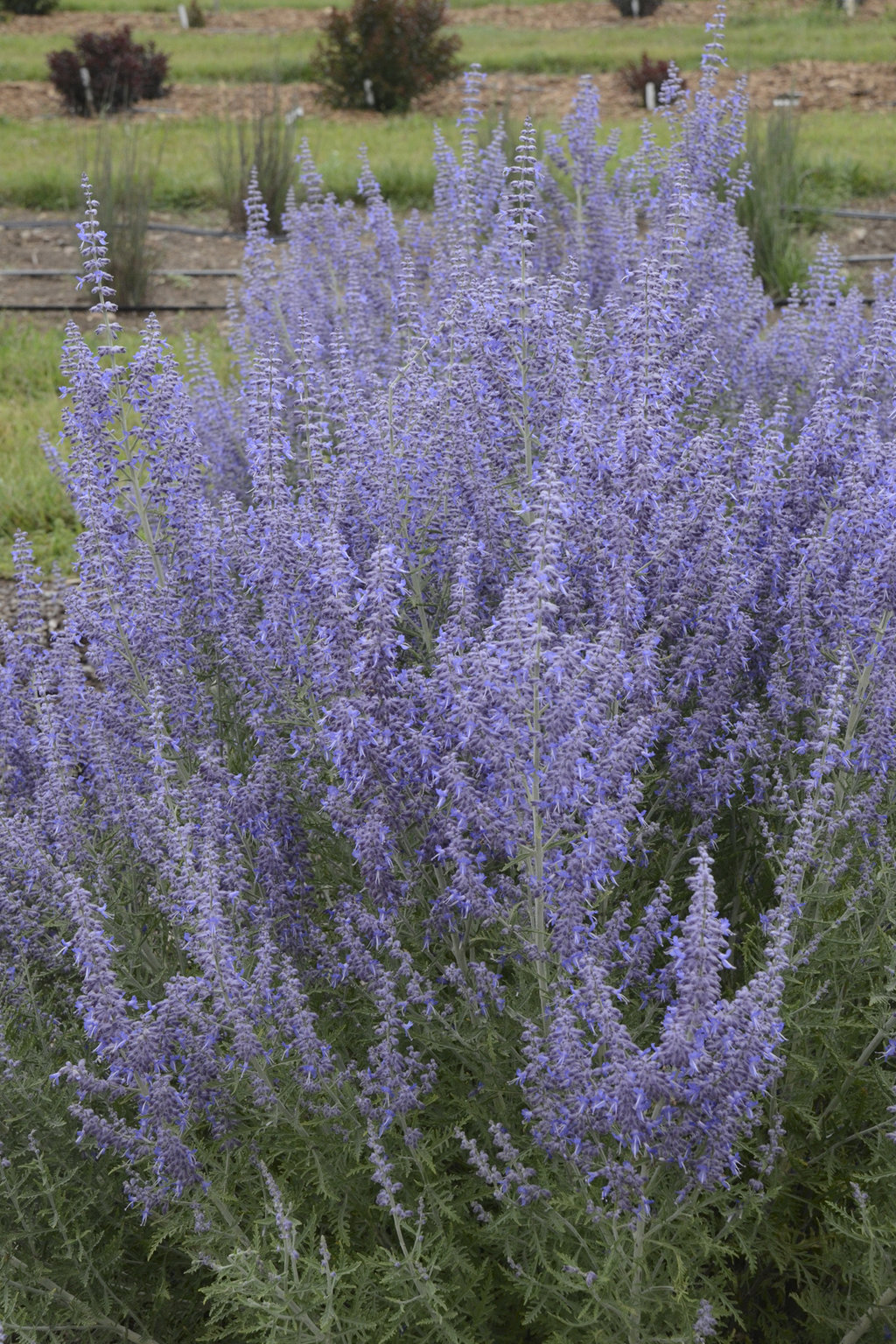 ‘Denim ’n Lace’
‘Denim ’n Lace’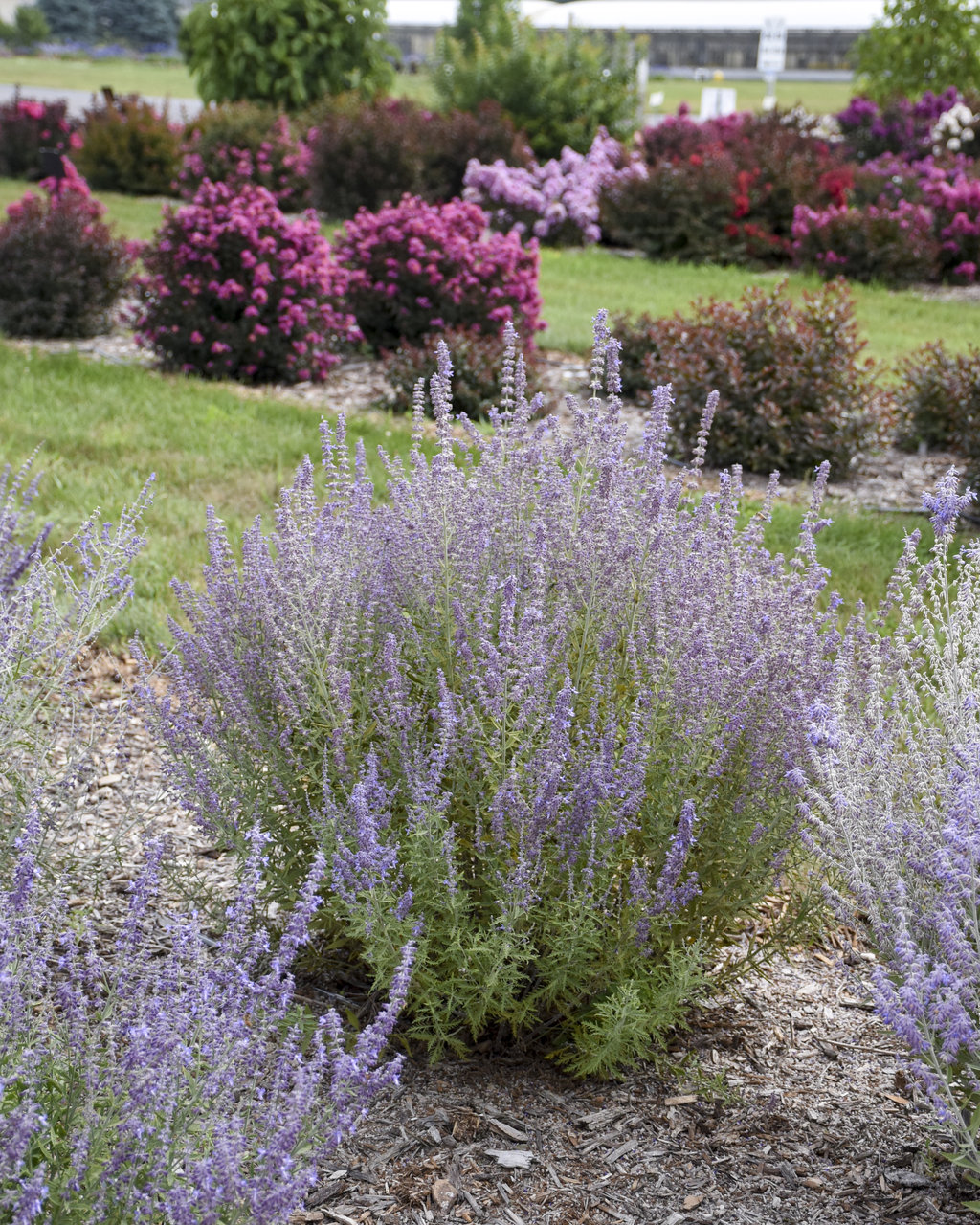 ‘Sage Advice’
‘Sage Advice’